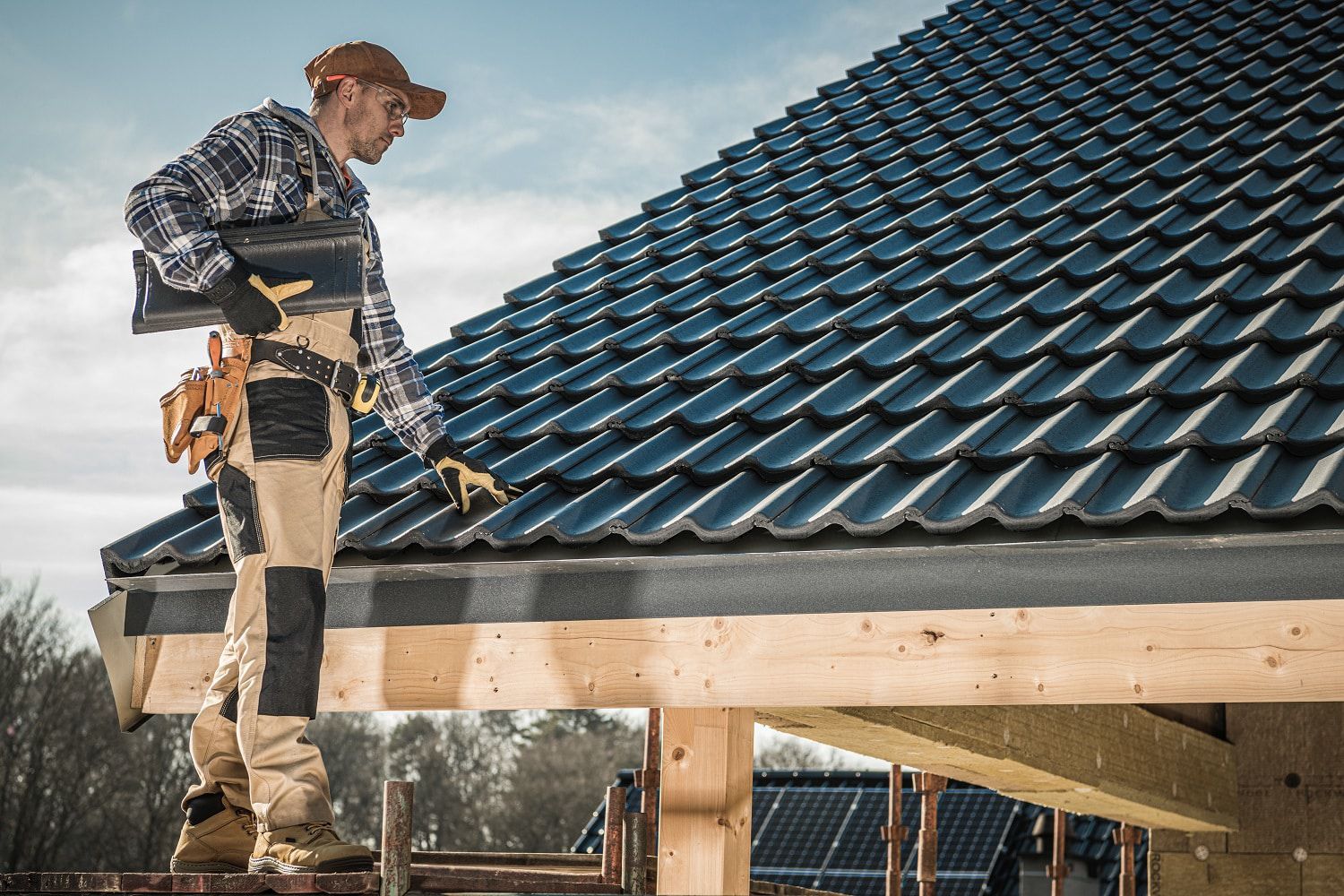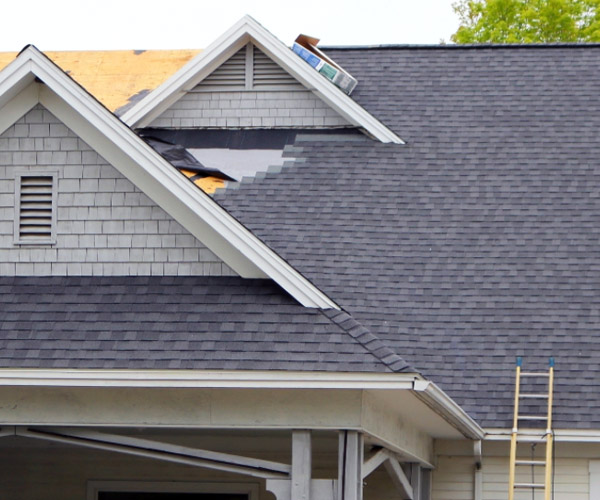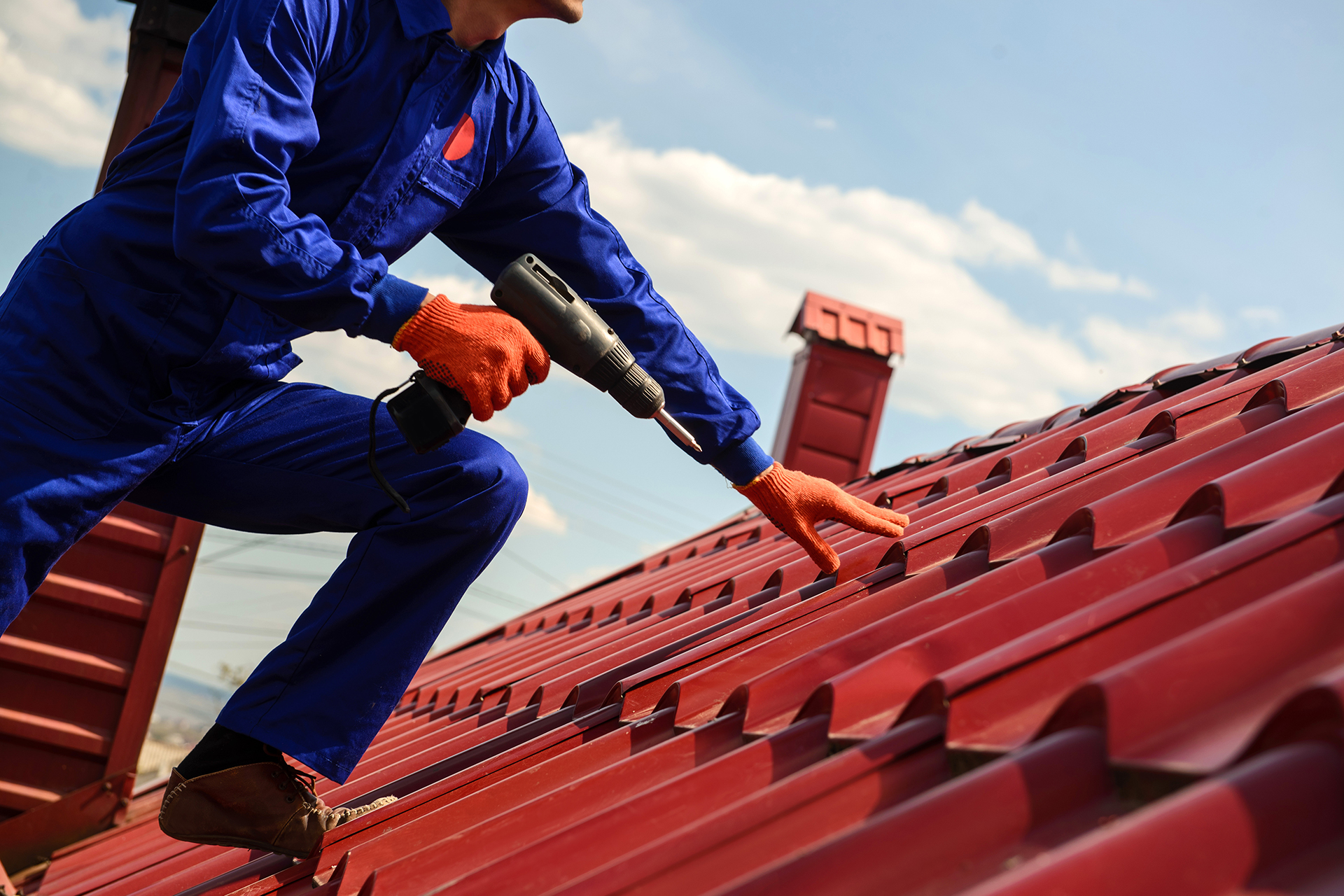Exactly How to Evaluate Different Roof Options for Your Structure Demands
Assessing roof choices for your building calls for a comprehensive technique that thinks about different elements such as the planned use of the structure, neighborhood environment conditions, and product attributes. It is important to consider the advantages and downsides of various roof kinds, from asphalt shingles to metal and clay tiles, while likewise considering first costs and long-term maintenance. In addition, recognizing energy effectiveness and aesthetic charm can affect your decision. As you consider these factors to consider, one concern remains: which variables will inevitably lead your choice for a sustainable and aesthetically pleasing roof option?
Evaluating Your Building's Requirements
To successfully assess roofing alternatives, begin by completely examining your structure's needs. Start by taking into consideration the structure's intended usage, as different frameworks may demand varying roof specifications. Property roofs commonly focus on appearances and insulation, while industrial structures might concentrate on resilience and load-bearing ability.
Following, review the neighborhood climate conditions that will impact roofing efficiency. Factors such as temperature fluctuations, rainfall levels, and wind patterns can affect product choice and layout. A roof covering system that excels in a warm environment may not carry out also in areas vulnerable to hefty snowfall or extreme heat.
Additionally, examine the structural honesty of your building. Guarantee that the existing framework can sustain the selected roof covering products, particularly if thinking about larger choices. It is likewise essential to examine any regional building ordinance or regulations that might dictate certain demands for roofing systems.

Contrasting Roof Covering Materials
As soon as a comprehensive evaluation of your structure's requirements has been completed, the following action involves comparing different roof materials. Each material offers distinct advantages and disadvantages, making it necessary to align your choice with your specific demands and scenarios.
Asphalt roof shingles are commonly identified for their price and convenience of installment, making them a preferred alternative for household structures. On the various other hand, steel roof, known for its toughness and long life, can hold up against rough climate conditions however might come with a greater preliminary financial investment.
Clay and concrete floor tiles supply exceptional thermal insulation and aesthetic charm, especially for Mediterranean-style architecture, yet they call for a more durable structural assistance because of their weight. Timber drinks offer an all-natural look and excellent insulation residential properties however might demand more upkeep and are susceptible to fire risks.
Reviewing Expense and Budget
Analyzing your roof choices necessitates a mindful examination of expense and budget factors to consider. The overall allocate a roof task makes up numerous factors, consisting of material prices, labor expenses, maintenance, and prospective lasting savings. It is necessary to establish a clear spending plan before checking out certain roof covering materials, as this will assist the decision-making process and assist you stay clear of overspending.
Begin by getting quotes from numerous service providers to comprehend labor expenses in your region. Guarantee that these quotes consist of all needed services, such as removal of the old roofing, installation, and any kind of extra functions, like insulation or air flow enhancements - Sylvania Roofing Contractor. Next, analyze the expense of different roof products, considering both first installment costs and anticipated lifespan

Understanding Power Performance
Energy performance plays an essential function in the option of roof covering products and systems, considerably affecting both power intake and total comfort within a building. A well-chosen roof can boost thermal efficiency, reducing the need for home heating and cooling systems, which in turn lowers energy expenses and reduces ecological influence.
When examining roofing alternatives, take into consideration products that show rather than soak up heat. Furthermore, appropriate insulation and air flow are crucial to enhance the energy efficiency of the whole roof covering system.
An additional vital element is the roof's longevity and maintenance requirements. Long lasting materials that need less frequent substitute add to long-lasting energy savings. The energy performance of a roof covering system can also be analyzed through its compliance with established sustainability scores such as Power STAR or LEED.
Considering Visual Appeal
A roof's visual allure substantially influences the total look of a structure, enhancing its architectural style and boosting visual allure. Roofing Contractor. When reviewing roofing choices, it is vital to think about just how the chosen product, shade, and design will integrate with the existing structure and community. A well-designed roof can elevate even the simplest of structures, changing them right into aesthetic focal factors
Different roof products supply numerous visual qualities. For instance, typical tiles might stimulate a classic appeal, while steel roof can present a modern, streamlined appearance. In addition, the shade of the roof material plays a critical function; lighter tones can make a structure show up even check it out more spacious, while darker tones might develop a cozier setting.
Additionally, building aspects, such as dormers and eaves, can improve the roofing system's aesthetic impact. It is recommended to talk to professional designers or designers to guarantee the selected roof covering alternative aligns with the overall design intent. Inevitably, a roofing you could look here system needs to not just give practical benefits however likewise contribute favorably to the building's visual, mirroring the owner's taste and the personality of the surrounding environment.
Conclusion

 Tia Carrere Then & Now!
Tia Carrere Then & Now! Michael J. Fox Then & Now!
Michael J. Fox Then & Now! Jenna Jameson Then & Now!
Jenna Jameson Then & Now! Karyn Parsons Then & Now!
Karyn Parsons Then & Now! Bill Murray Then & Now!
Bill Murray Then & Now!